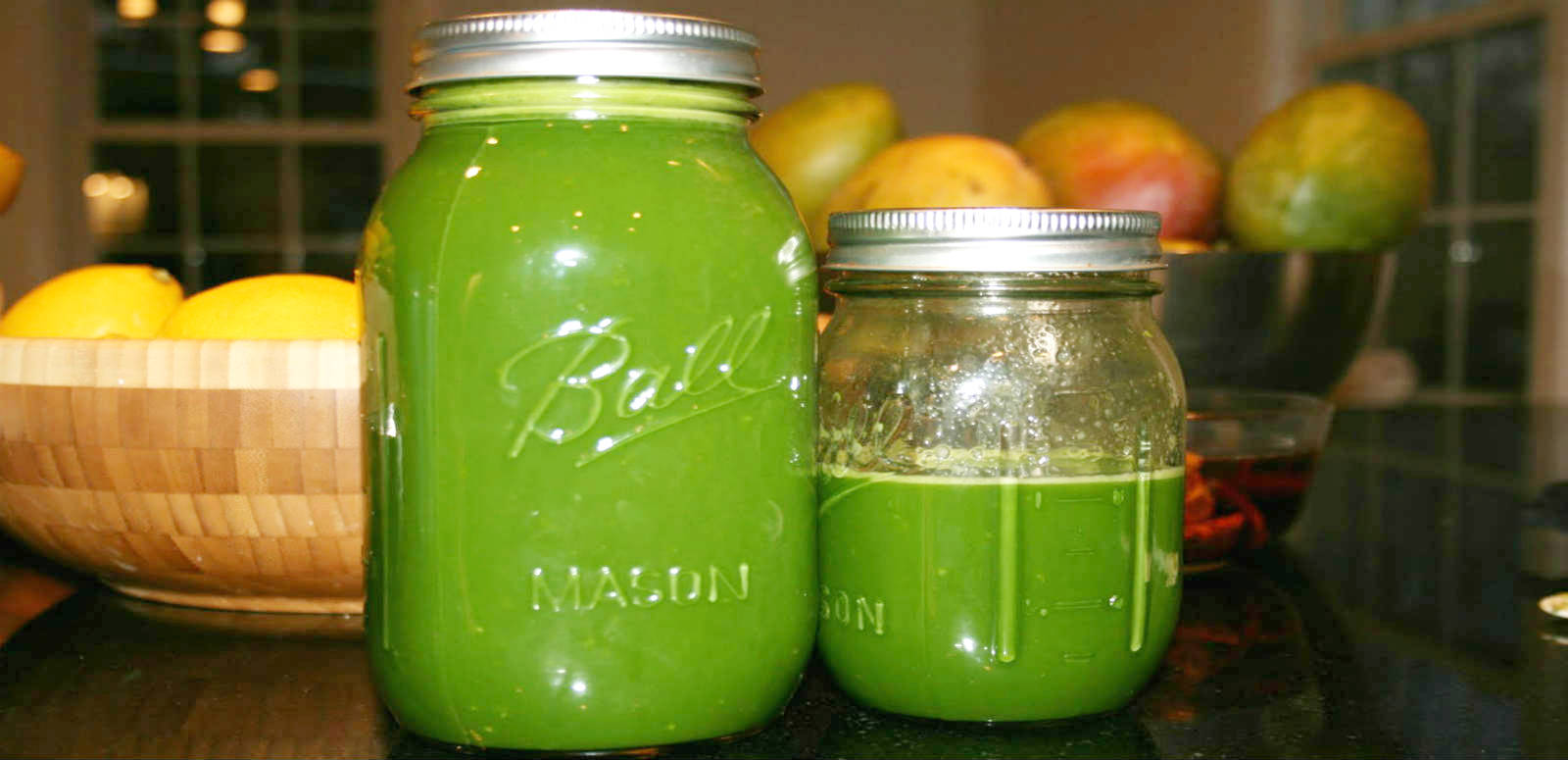

Soak for 10 minutes with a 1:50 dilution of Molybdate 3 Reagent in low-level silica water.Clean containers (do not use phosphate detergents), then rinse with high quality deionized water of low-level silica concentration.Small bottles or flasks with screw-type closures work well. Use plastic containers for all analysis and storage because glass can contaminate the sample with silica. The Method 8282 has specific recommendations for maintenance of the labware and cleaning the Pour-Thru cell.įully clean all containers that are used in this test to remove any traces of silica.
SILICA WATER SOFTWARE
Hach does not provide solutions or support for any of the methods for total silica.Īt Hach, find the testing equipment, resources, training and software you need to successfully monitor and manage silica levels in your specific process application. Terms such as “colloidal,” “crystalloidal,” and “ionic” have been used to distinguish among various forms of silica but such terminology cannot be substantiated. Total silica can be determined by performing analyses using the Electrothermal Atomic Absorption Method (Standard Methods 3113B), the Inductively Coupled Plasma Mass Spectrometric Method (Standard Methods 3125) or the Inductively Coupled Plasma Method (Standard Methods 3120). In both Silicomolybdate and Heteropoly Blue Methods the color formed is directly proportional to the amount of molybdate-reactive silica present in the original sample. See Standard Methods 4500-SiO 2 for details. “Molybdate-unreactive” silica can be converted to the “molybdate-reactive” form by heating or fusing with alkali, such as in a sodium bicarbonate digestion. It is not known to what extent such “unreactive” silica occurs in waters. In at least one of its forms, silica does not react with molybdate even though it is capable of passing through filter paper being present in dissolved or colloidal form. Occasionally, a sample contains silica which either reacts very slowly with molybdate or does not react at all. The terms 'molybdate-reactive' or 'molybdate-unreactive' do not imply reactivity, or lack of it, toward other reagents or processes. Silica methods from Hach ® determine molybdate-reactive silica. The Heteropoly Blue method is an extension of the Silicomolybdate method to increase sensitivity. Analytical Procedures and Methods for SilicaĪnalytical procedures for silica include the Silicomolybdate Method for high range measurement and the Heteropoly Blue Method for low range measurement. Testing for silica (one of the first impurities detected when the exchange capacity of a demineralizer is exhausted) provides a sensitivity check of demineralizer performance. Measuring silica in water is useful when the efficiency of demineralizers is monitored. Silica levels must be kept below 0.005 mg/L (5 ppb) in very high-pressure applications. Silica deposits on steam turbine blades decrease efficiency and necessitate costly downtime for cleaning. These glassy deposits lower the efficiency of heat transfer and lead to premature failure. High pressures and high temperatures cause silica deposits on boiler tubes and heat exchangers. However, silica in water can cause significant problems for industries, primarily in boiler and steam applications. Silica and silicates are added to water as conditioners, detergents and corrosion inhibitors. Silica in Water can Cause Significant Problems for Industrial Water Concentrations exceeding 1000 mg/L are possible in brines and brackish water.

Silica concentration in water is commonly less than 30 mg/L, although concentrations higher than 100 mg/L are not unusual. Most water contains an abundance of silicon and its derivatives, silica (SiO 2) or silicates (SiO 4 – and SiO 3 2–). Silica is used in many industrial applications, including food and pharmaceutical production, as an additive and for water filtration. Silica is found as dissolved silica or suspended silicate particles in most natural waters. Silicon links up with oxygen to form silicates, which are the most common suite of minerals. Silica, also known as silicon dioxide (SiO 2) or mineral quartz, is a derivative compound of the chemical element silicon (Si) and makes up approximately 59% of the Earth's crust and a large part of common sand.


 0 kommentar(er)
0 kommentar(er)
